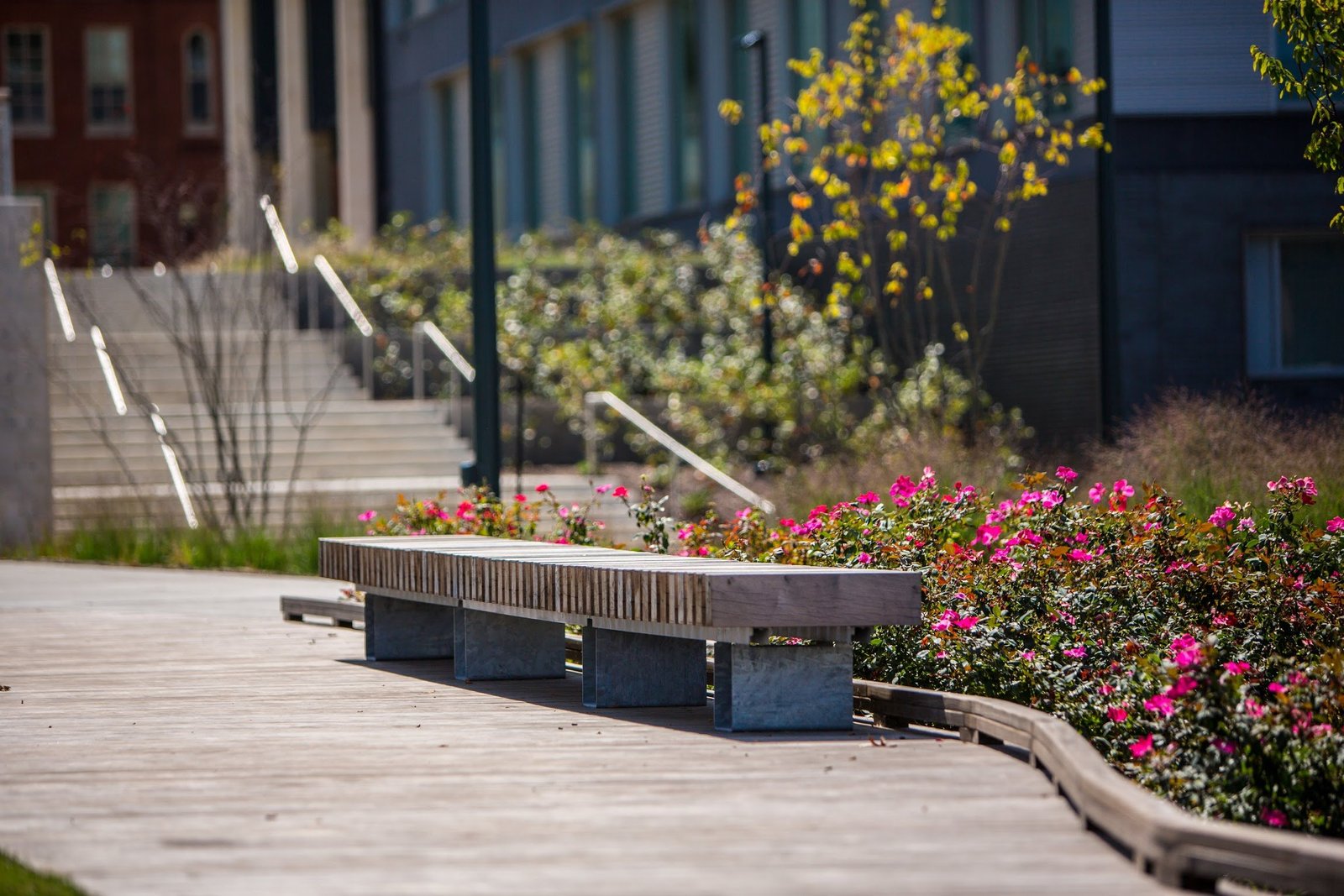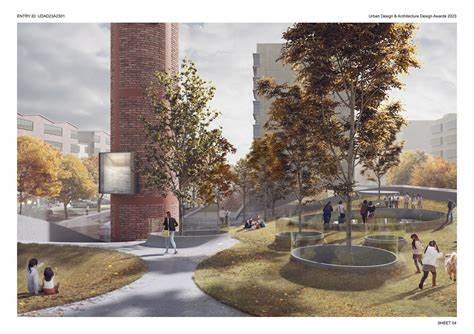Understanding how to use color theory in landscape architecture can completely transform your outdoor space. Colors have the power to evoke emotions, create moods, and highlight specific features in a garden or yard. By using color theory effectively, you can design landscapes that are visually appealing and harmonious. Let’s explore how you can incorporate color theory into your landscape architecture projects for stunning results.
The Basics of Color Theory
Color theory is a framework that explains how colors interact and work together. In landscape architecture, the color wheel plays a crucial role. The wheel divides colors into three main categories: primary (red, yellow, blue), secondary (green, orange, purple), and tertiary colors. Understanding the relationships between these colors helps create balance and contrast in your design. Complementary colors, such as blue and orange, create a striking contrast, while analogous colors, like green and yellow, offer a soothing and cohesive look.

Warm Colors to Create Energy
Warm colors like red, orange, and yellow bring energy and excitement to a landscape. These shades are perfect for focal points, such as flower beds or entrance areas. Warm colors make spaces feel closer and more intimate, which is ideal for smaller areas that need a vibrant touch. Use them sparingly to avoid overwhelming the space, but strategically to draw attention where needed.
Cool Colors for Calmness
Cool colors like blue, green, and purple create a sense of calm and relaxation. They are perfect for creating tranquil outdoor spaces, such as meditation gardens or quiet sitting areas. These colors recede in the background, making them ideal for larger landscapes. By using cool shades, you can establish a peaceful atmosphere that promotes serenity and balance.
Using Neutral Colors for Harmony
Neutral colors like white, gray, and beige serve as a backdrop in landscape architecture. They balance the vibrancy of bold colors and provide contrast without clashing. Neutral tones are ideal for pathways, garden walls, and decorative features. By incorporating neutral elements, you allow other colors in the landscape to stand out beautifully.
Seasonal Color Changes
One of the most exciting aspects of using color theory in landscape architecture is the ability to incorporate seasonal changes. Plan your design to include plants and flowers that bloom at different times of the year. For instance, you can enjoy warm reds and oranges in the fall, bright yellows in the summer, and cool blues in the spring. This approach keeps your landscape visually appealing throughout the year.
Color Schemes to Guide Design
When designing a landscape, choosing the right color scheme is essential. Monochromatic schemes focus on a single color in varying shades, creating a simple and elegant look. Complementary schemes use opposing colors on the wheel to make a bold statement. Analogous schemes feature colors that are next to each other on the wheel, resulting in a harmonious and unified appearance. Select a scheme that aligns with the purpose and mood of the space.
Highlighting Features with Color
Strategically using color to highlight features is a smart way to draw attention to specific elements in your landscape. For example, vibrant flowers around a fountain or bold-colored plants near a pathway can make these areas more noticeable. Color is a powerful tool to guide the eye and emphasize the best parts of your design.
Creating Depth with Color
Colors can be used to create the illusion of depth in a landscape. Cool colors like blue and green make areas appear farther away, while warm colors like red and orange bring features closer. By combining these techniques, you can create a layered look that adds dimension to your outdoor space.
Blending Hardscapes and Softscapes
Hardscapes, like walkways and patios, should complement the colors of your plants and flowers. Use materials that blend seamlessly with the overall palette. For instance, a gray stone patio pairs beautifully with cool-toned plants, while red bricks enhance warm-toned flowers. Harmonizing these elements ensures a cohesive and appealing design.
Regular Maintenance to Preserve Colors
To maintain the vibrancy of your landscape, regular care is essential. Prune plants, replace fading flowers, and clean hardscapes to keep colors fresh. Proper maintenance ensures your landscape continues to reflect the principles of color theory effectively.
Conclusion
Knowing how to use color theory in landscape architecture is a game-changer. By applying the principles of color, you can design outdoor spaces that are both functional and visually stunning. Whether you want a vibrant, energetic garden or a calm, relaxing retreat, color theory helps bring your vision to life. With thoughtful planning and regular maintenance, your landscape can remain a beautiful reflection of your creativity and style.




